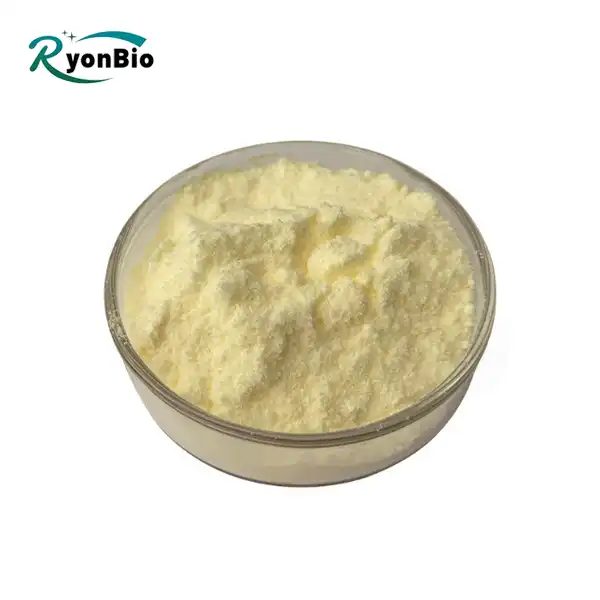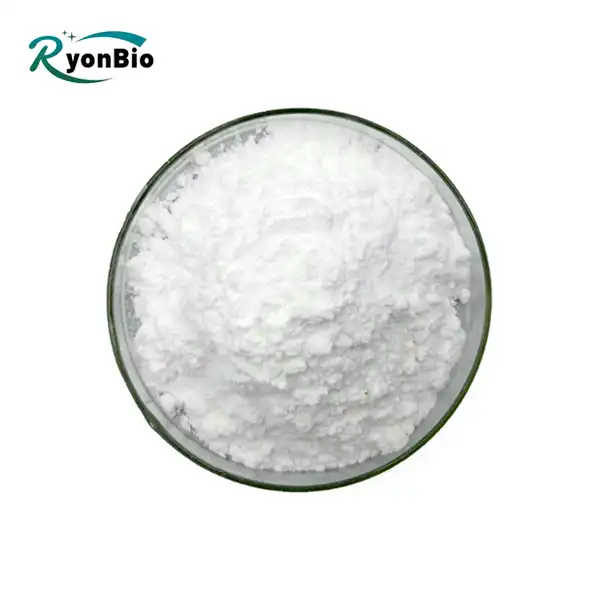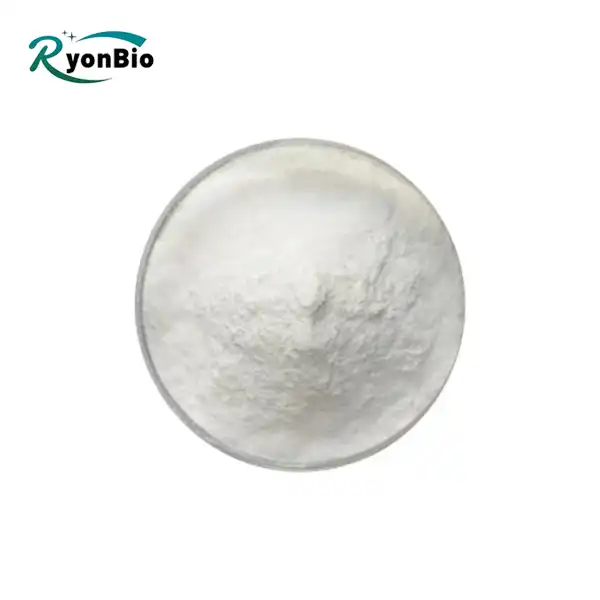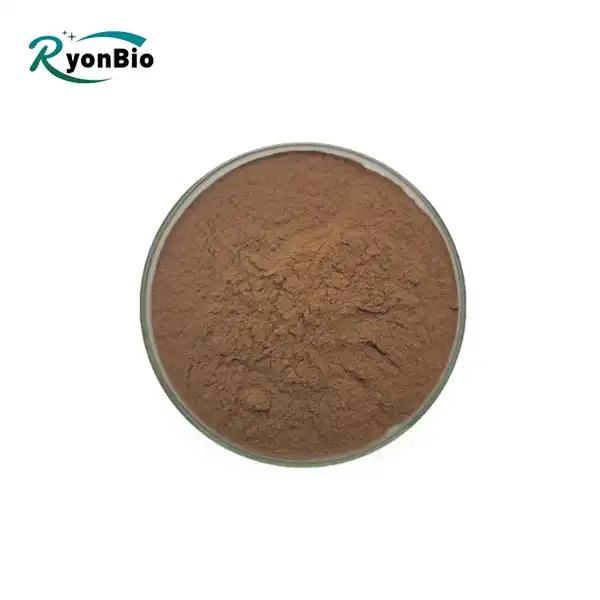Understanding Omega 3s: Benefits Beyond Heart Health
Omega-3 fatty acids are essential nutrients whose numerous health benefits, including cardiovascular health, are well-known. However, recent findings from WebMD-featured studies have revealed additional, less well-known benefits of Omega 3, particularly for eye health. As per these discoveries, Best Omega 3S, including EPA (eicosapentaenoic corrosive) and DHA (docosahexaenoic corrosive) overwhelmingly found in fish oil, assume a urgent part in keeping up with ideal eye dampness levels and advancing generally speaking sound vision. These fatty acids are essential to the retina's structure and function because they are essential components. Not only does this structural support improve overall eye health, but it also shows promise for reducing the quality of vision that comes with age.

The American Optometric Association (AOA) corroborates these insights, emphasizing Omega 3s' therapeutic role in combating dry eyes. Their research underscores that a sufficient dietary intake of Omega 3s can alleviate symptoms associated with dry eye syndrome, a prevalent condition impacting numerous individuals globally. By mitigating inflammation and bolstering tear production, Best Omega 3S help preserve the eye's natural moisture balance, thereby fostering comfort and enhancing clarity of vision.
Further bolstering these claims, research conducted by Harvard Medical School delves deeper into the intricate link between Omega 3 fatty acids and eye health. Their studies suggest that these essential nutrients may significantly lower the risk of macular degeneration, a primary cause of vision impairment in aging populations. The anti-inflammatory properties inherent in Omega 3s are believed to play a critical role in shielding the retina from degenerative damage, thereby safeguarding central vision over time. Incorporating Omega 3-rich foods into one's diet, such as fatty fish like salmon or through targeted supplements, holds promise in potentially attenuating the progression of this debilitating condition.
In conclusion, while Omega 3 fatty acids are celebrated for their cardiovascular benefits, emerging research underscores their profound contributions to maintaining optimal eye health. By integrating Omega 3-rich foods into daily dietary habits or considering targeted supplementation, individuals can proactively support their vision health, potentially mitigating risks associated with conditions like dry eyes and macular degeneration. Embracing these insights ensures a holistic approach to health maintenance, leveraging the diverse benefits of Omega 3s beyond their traditional cardiovascular focus.
Incorporating Omega 3s into Your Diet
Omega-3 unsaturated fats are fundamental for supporting cardiovascular capability and eye wellbeing, making them fundamental for generally speaking wellbeing upkeep. While Best Omega 3S are generally connected with fish oil, there are down to earth methodologies past consuming greasy fish to coordinate these fundamental supplements into your day to day diet.
Diverse Omega-3 Sources: Aside from fish, consolidating plant-based sources wealthy in alpha-linolenic corrosive (ALA) is valuable. For vegetarians and vegans, foods like flaxseeds, chia seeds, and walnuts are excellent alternatives. The body can convert ALA from these sources into EPA and DHA, but only in small quantities. Omega-3s are always available when you consume a variety of these foods.
Chia seeds and flaxseed: You can use flaxseeds and chia seeds in a variety of ways in your diet. They can be blended into smoothies, sprinkled on salads, cereal, or yogurt, or used in baking recipes. They are valuable for people who want to increase their Omega-3 intake without relying on animal products due to their high ALA content.
Walnuts: Integrating pecans into your eating regimen gives a crunchy and nutritious method for getting Omega-3s. Pecans can be added to cereal or heated merchandise, eaten all alone as a tidbit, or added to flavorful dishes like sautés or mixed greens. Due to their antioxidants and healthy fats, they are a heart-healthy option.

Sustained Food varieties: Think about including Omega-3-enriched eggs, yogurt, and other fortified foods in your diet. For those who don't eat fish or prefer fortified options, these supplements with EPA and DHA provide an additional source of these essential fatty acids.
Supplements: For people who experience issues getting adequate Best Omega 3S through dietary sources alone, enhancements can be a helpful arrangement. Fish oil supplements are broadly accessible and give concentrated measures of EPA and DHA. On the other hand, green growth oil supplements are reasonable for veggie lovers and vegetarians, as green growth are an immediate wellspring of EPA and DHA.
Adjusted Diet Approach: A well-balanced and varied diet should go hand in hand with Omega-3 supplements. This incorporates consuming a great many organic products, vegetables, entire grains, lean proteins, and solid fats. Such an eating regimen upholds generally wellbeing as well as upgrades the retention and usage of Omega-3 unsaturated fats.

Conclusion
In conclusion, the evidence from credible sources like WebMD, the AOA, and Harvard Medical School underscores the critical role of Best Omega 3S fatty acids in maintaining healthy eyes. Whether through supplementation or dietary adjustments, ensuring sufficient intake of these nutrients can contribute significantly to preserving vision and preventing eye conditions associated with aging. By understanding and implementing these insights, individuals can proactively support their eye health and overall well-being.
If you want to learn more about this kind of it, welcome to contact us at kiyo@xarbkj.com.
References
1.WebMD. (n.d.). Omega-3 fatty acids: An essential contribution.
2.American Optometric Association. (n.d.). Nutrition and eye health.
3.Harvard Medical School. (n.d.). The benefits of fish oil.
4.Miljanović, B., Trivedi, K. A., Dana, M. R., & Gilbard, J. P. (2005). Relation between dietary n-3 and n-6 fatty acids and clinically diagnosed dry eye syndrome in women. The American Journal of Clinical Nutrition, 82(4), 887-893.
5.Age-Related Eye Disease Study 2 Research Group. "Lutein + zeaxanthin and omega-3 fatty acids for age-related macular degeneration: the Age-Related Eye Disease Study 2 (AREDS2) randomized clinical trial." JAMA 309.19 (2013): 2005-2015.
6.Simopoulos, A. P. (2002). "Omega-3 fatty acids in inflammation and autoimmune diseases." Journal of the American College of Nutrition, 21(6), 495-505.
7.Seddon, J. M., Ajani, U. A., Sperduto, R. D., Hiller, R., Blair, N., Burton, T. C., ... & Willett, W. C. (1994). "Dietary carotenoids, vitamins A, C, and E, and advanced age-related macular degeneration." JAMA, 272(18), 1413-1420.
8.Bhargava, R., Kumar, P., & Aggarwal, A. (2015). "
9.American Academy of Ophthalmology. "Omega-3s and Dry Eyes."





